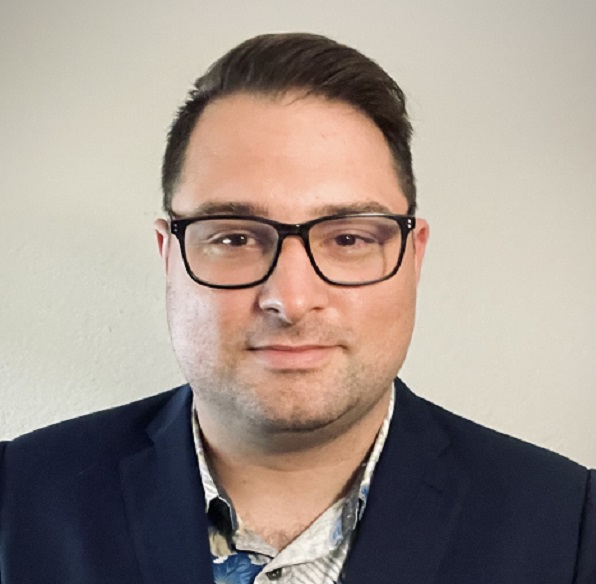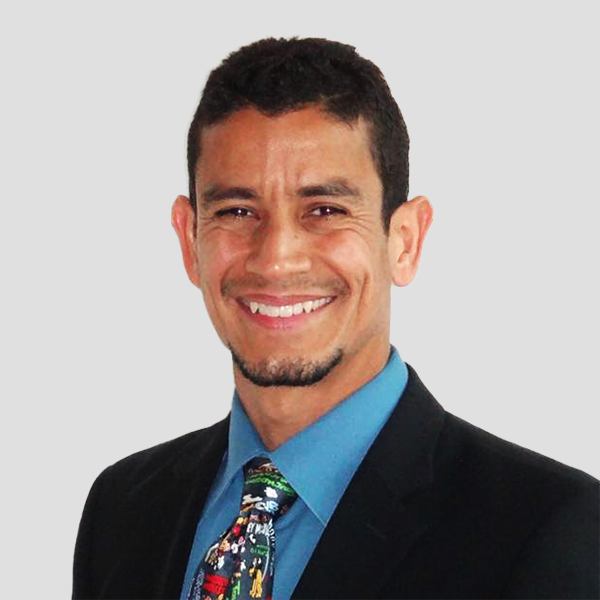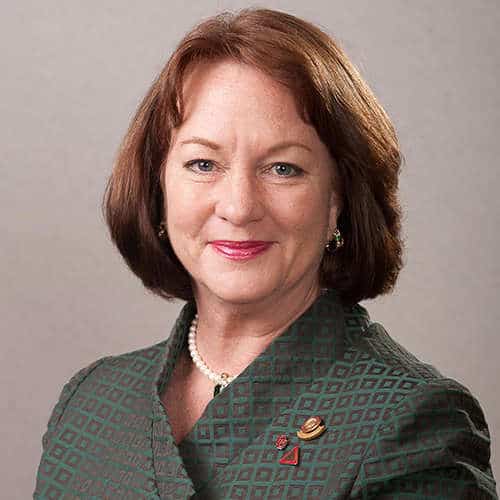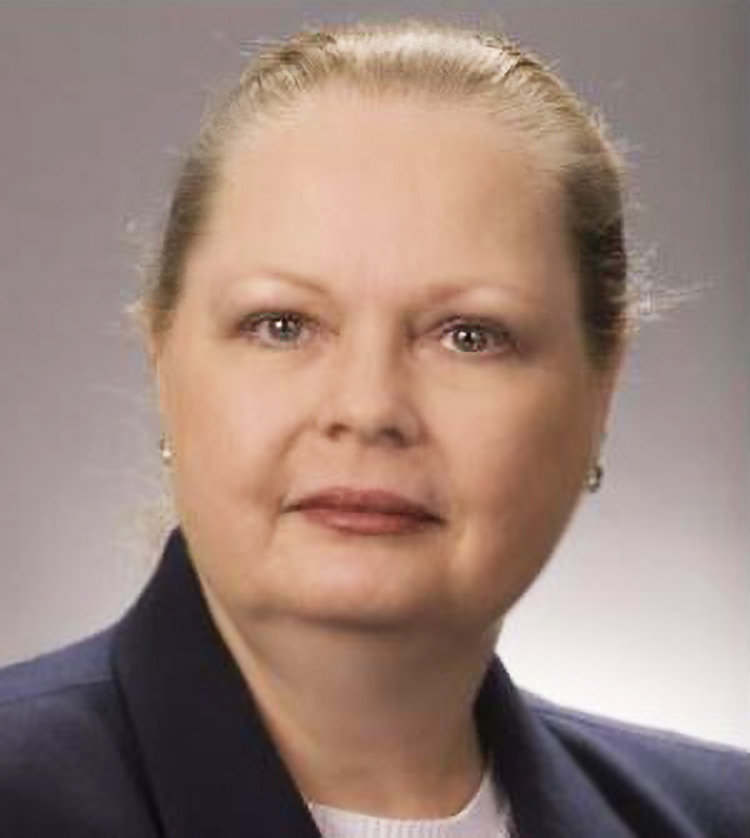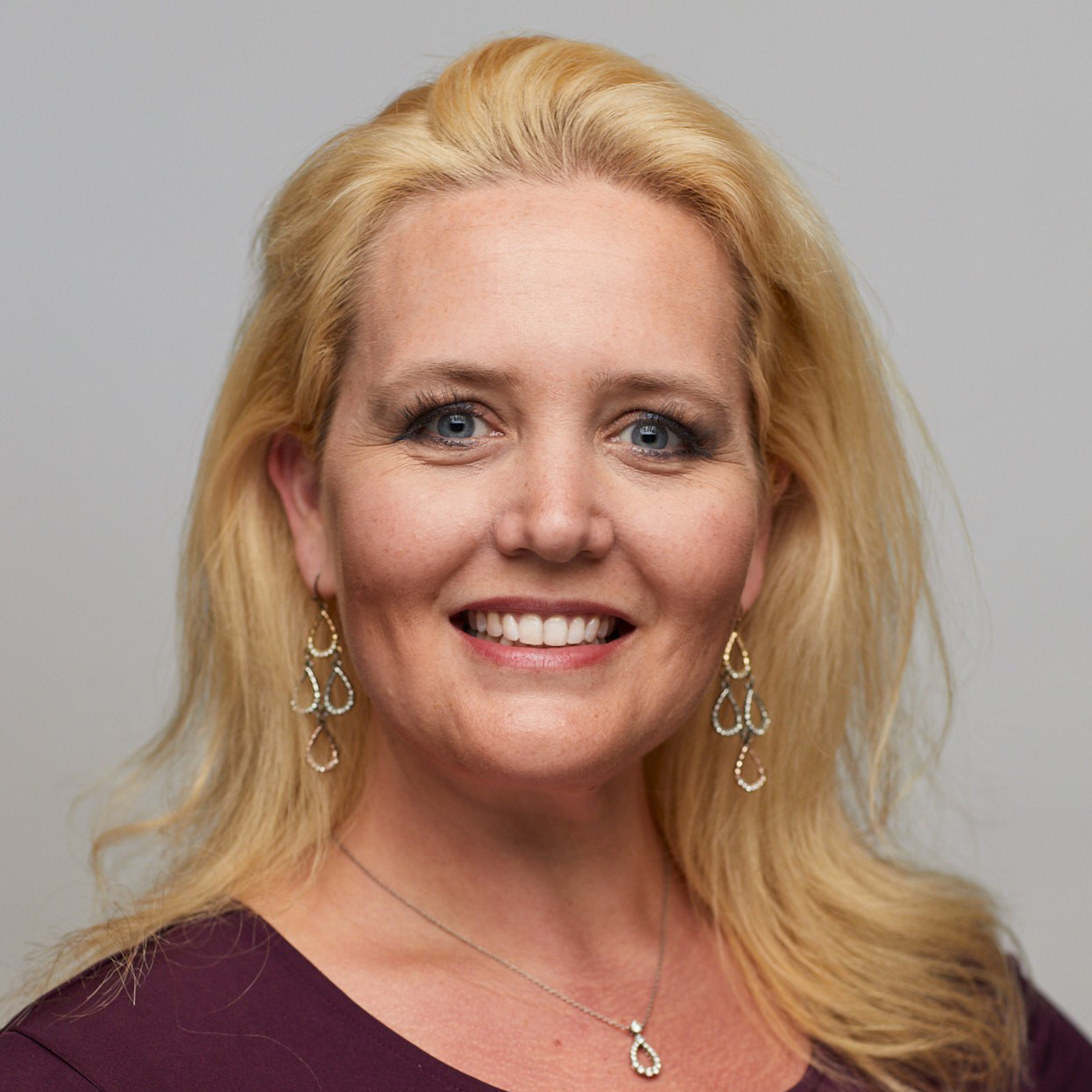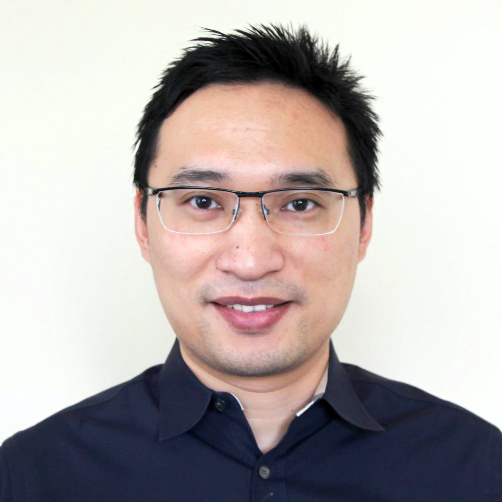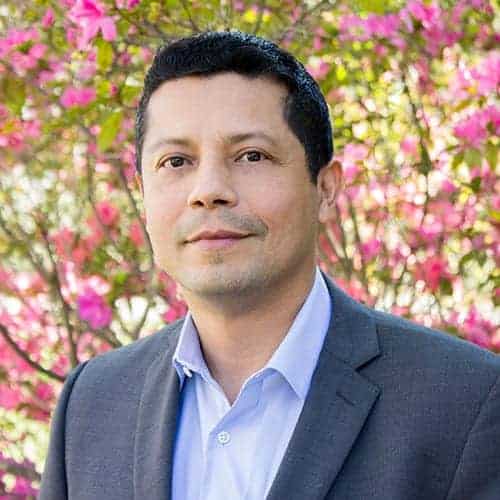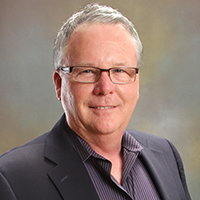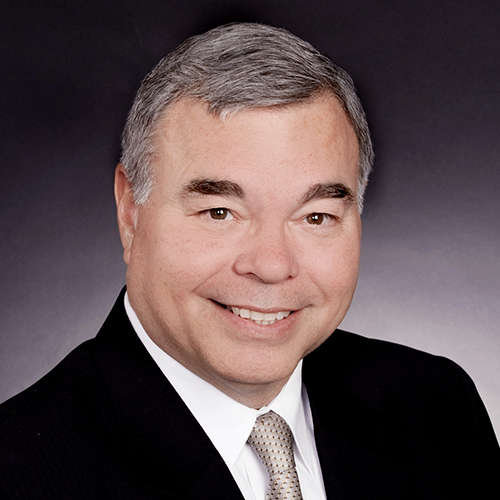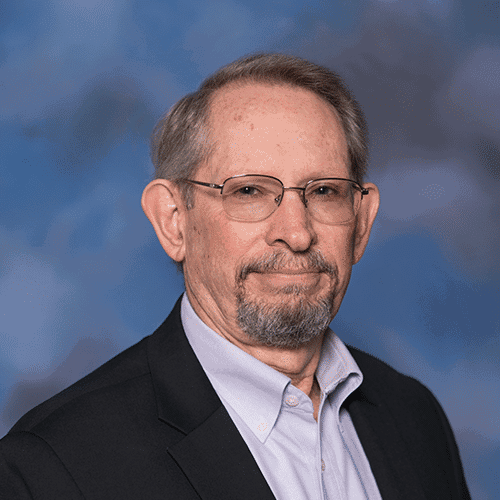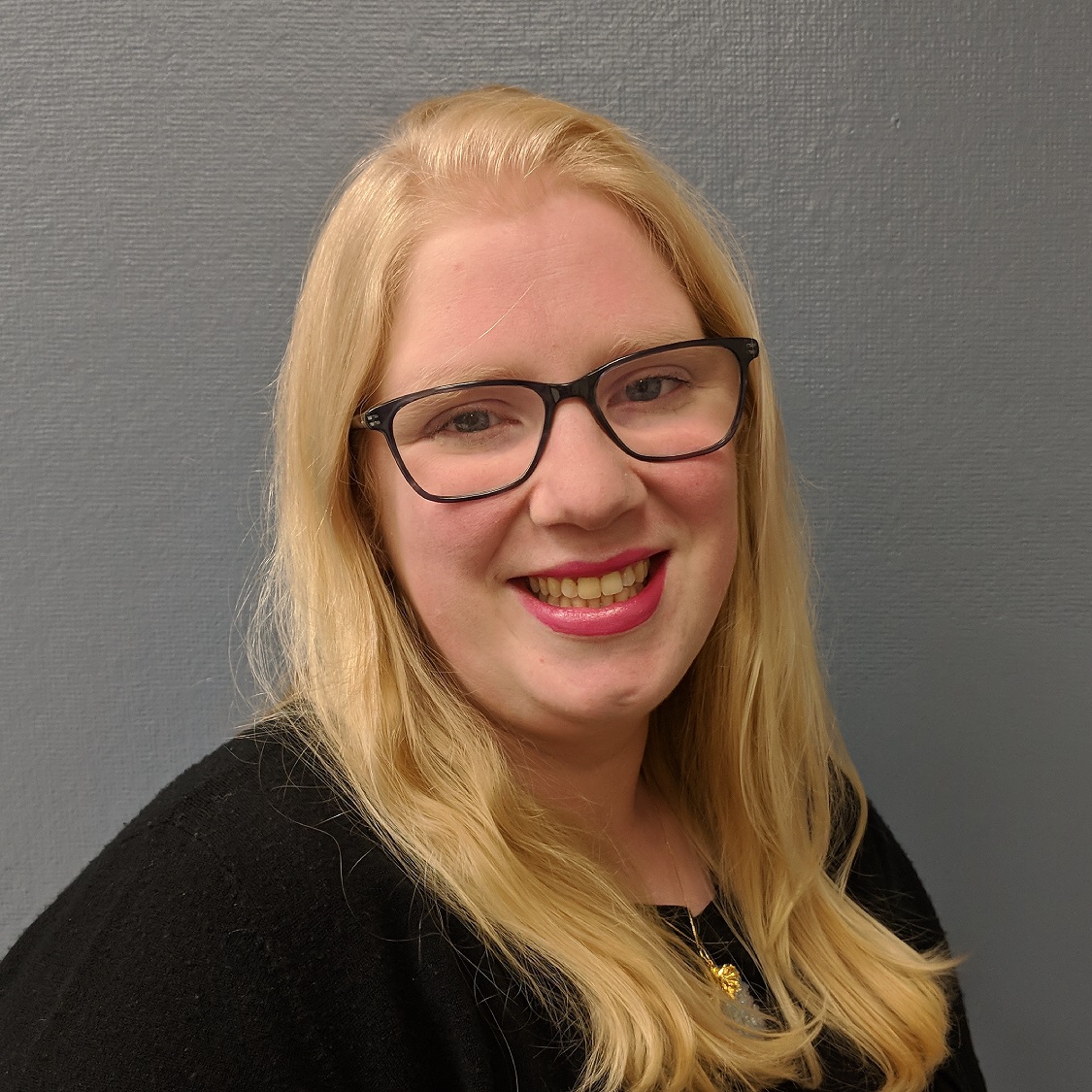For Immediate Release
Media Contact:
Hal Green
Geophysical Insights
713.480.2260
[email protected]
Geophysical Insights Launches the Attribute Generator with an Expanded Library of Advanced Seismic Attributes
Houston, Texas, 24 April 2017
Geophysical Research, LLC (d/b/a Geophysical Insights) announced the launch of the new Attribute Generator in the latest release of Paradise® – version 3.1. Paradise is a multi-attribute analysis platform that uses machine learning to extract more information from seismic and well data. The new Attribute Generator features a library of over 100 attributes, including instantaneous, geometric, and spectral decomposition. A key component of the release is inclusion of a library of spectral decomposition and geometric attributes by the AASPI (Attribute Assisted Seismic Processing and Interpretation) Consortium at The University of Oklahoma. In October 2016, Geophysical Insights announced an agreement with The University of Oklahoma to license the AASPI algorithms and make them available through guided Thought-Flows™ in the Paradise platform. With the launch of the new Paradise Attribute Generator, these advanced attributes can now be used by more interpreters across the oil and gas industry, and in any geologic setting. Version 3.1 of Paradise also includes RGB Blending and a “drag and drop” connector to Petrel.
“We reviewed various sources of seismic advanced attributes, including developing our own, and found those from the AASPI Consortium represent the best in the industry,” according to Dr. Tom Smith, President and CEO of Geophysical Insights. “Under Dr. Kurt Marfurt’s leadership, researchers at the AASPI Consortium are at the frontier of seismic attribute research, and we are proud to leverage AASPI technology. The addition of the Attribute Generator advances our strategy of making Paradise the destination for attributes, machine learning, and multi-attribute analysis.”
About the AASPI Consortium at the University of Oklahoma (OU)
The AASPI Consortium, which is led by Dr. Kurt Marfurt with the University of Oklahoma’s Mewbourne College of Earth and Energy, is a world-class research organization whose members include companies across many sectors of the oil and gas industry. Their goal is to serve as a research component for independent and intermediate-sized oil and gas companies, domestic North American business units of large companies and national oil companies dealing with imaging subtle structures in land data and marine environments. In exchange for geologic insight, well control, 3D seismic data and consortium funding from sponsor companies, they generate and evaluate emerging technologies that can influence costly drilling and completion decisions.
Housing the AASPI Consortium, the Mewbourne College of Earth and Energy at the University of Oklahoma consists of the Mewbourne School of Petroleum and Geological Engineering, the ConocoPhillips School of Geology and Geophysics and the Oklahoma Geological Survey. The schools are consistently rated among the top five petroleum engineering, petroleum geology and geophysics programs in the country.
About Geophysical Insights
Geophysical Insights was founded in 2008 by Dr. Tom Smith with the vision of applying machine learning methods to geologic interpretation to reduce the risk of exploration and the cost of field development. The mission of the business is to develop the next generation of interpretation tools in an intuitive, elegant interface that can be used by all interpreters. Over three years in development, Paradise was commercially launched at the Society of Exploration Geophysicists (SEG) Annual Convention in 2013 and has seen steady adoption in the industry since its launch.
Geophysical Insights continues to build capabilities in the Paradise platform, which is proving to reveal deeper insights in the seismic response through multi-attribute analysis. Built for large sets of data, Paradise is a ‘Big Data’ solution that easily scales from a single workstation to an enterprise. With adaptive algorithms that learn from the data that are enabled by low-cost, high performance computing, interpreters are able to extract more information from seismic and well data than would otherwise be possible from traditional interpretation tools.





